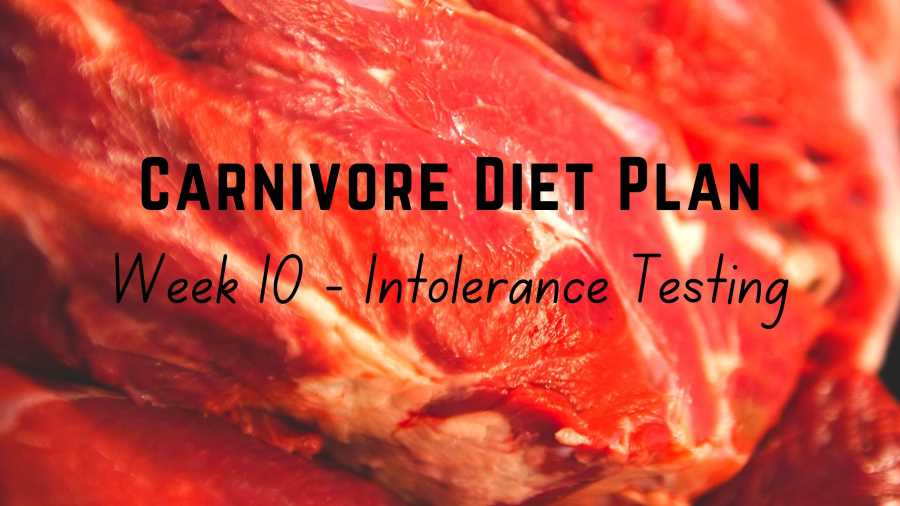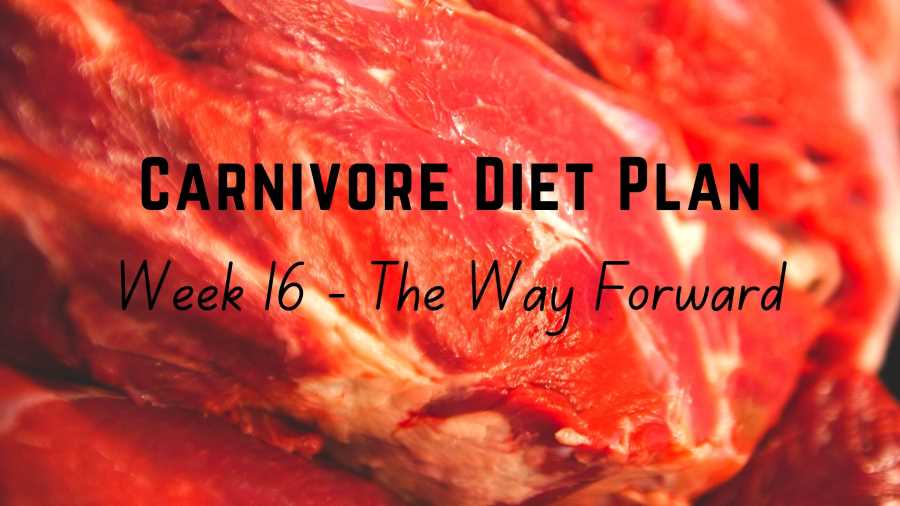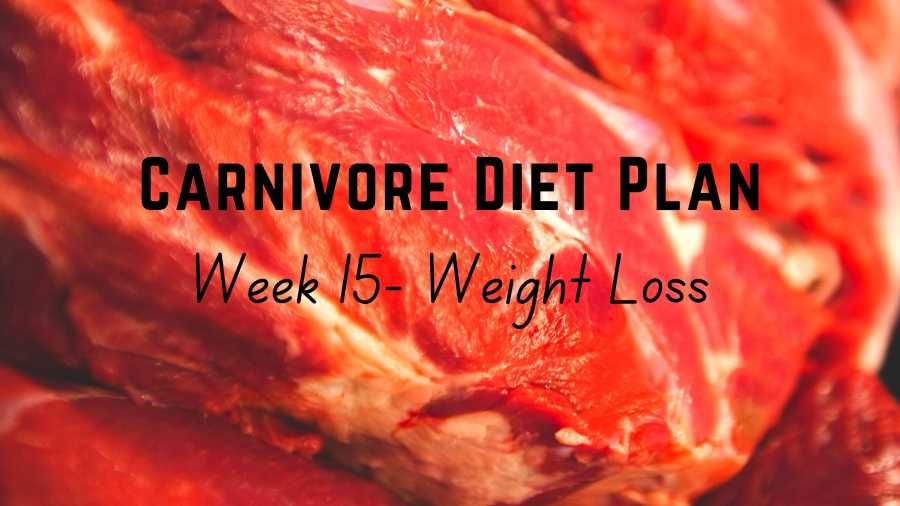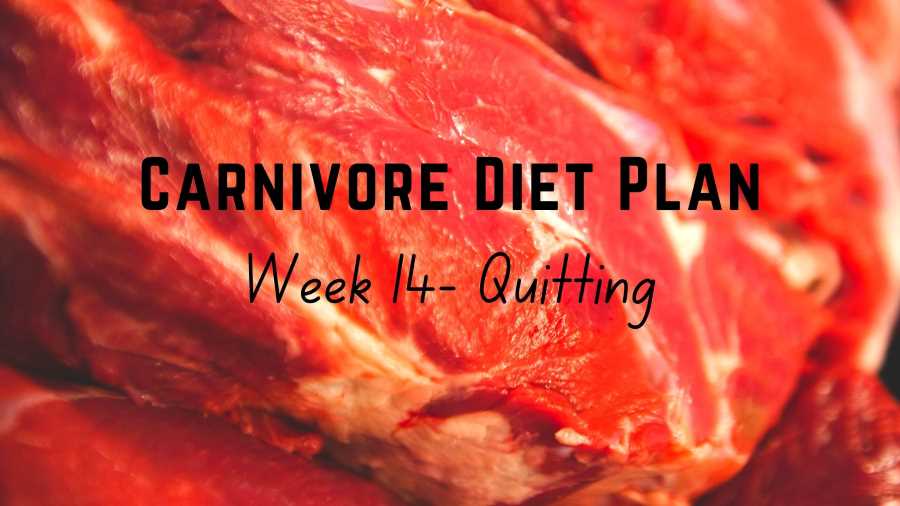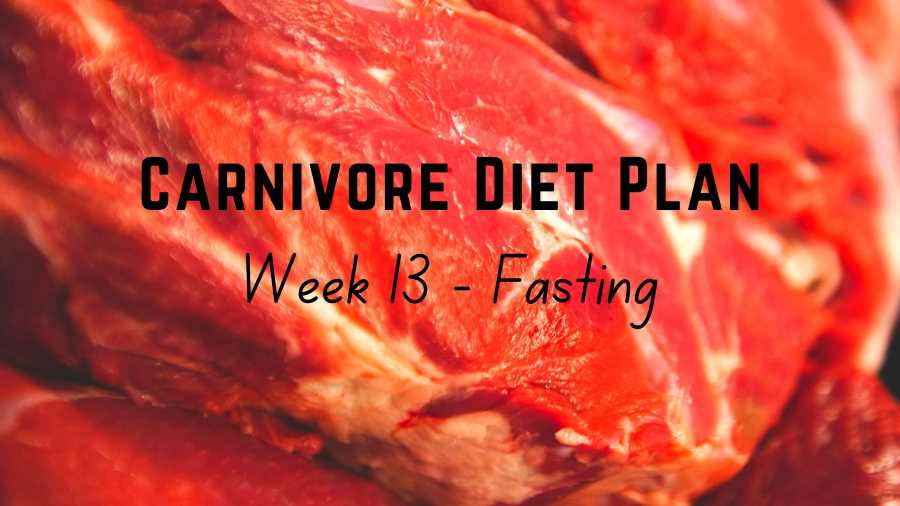This week you will be testing out fruits to see whether they are okay to add to your carnivore diet occasionally and in small quantities.
Are fruits okay on the carnivore diet?
There is no doubt that our ancestors thrived on a heavily meat-based diet and the human body today is still suited to a meat-based diet.[1]
However, there is no evidence that they had been eating meat exclusively. While we don’t know to what extent plant food had featured in our ancestors’ diet, given the fact that they descended from plant-eating primates, they were likely to have at least eaten some plant food in the wild between successful hunts to survive.
Therefore, my view is that it’s fine to add some fruits to your meat-based diet if you wish for the following reasons:
- It can help you meet all nutrient requirements easier. For example, if you can’t eat raw or lightly cooked meat, having a seasonal fruit now and then will make it easier for you to get sufficient vitamin C on the carnivore diet
- A small quantity of fruits can expose your body to an acute stressor in the form of plant anti-nutrients. When you consume plant-based foods, anti-nutrients present in those foods cause inflammation in your body. In response, your body produces its own antioxidant called glutathione to reduce inflammation. Over time, your body will adapt to those hormesis stressors and become stronger
- Adding a small quantity of fruits can help you maintain metabolic flexibility. If you are on a strict carnivore diet for a long time, I bet you wouldn’t feel very well or even feel very sick if you suddenly have to eat a bit of fruit or vegetables to survive.
Fruits should be eaten with seasons and in small quantities
Before the advent of agriculture, the only fruits that our ancestors ate were seasonal fruits and, unless they lived in the tropics, they probably didn’t eat a lot of fruits at all.
Imagine going hiking in the wild, how often do you see fruits? Not very often at all and, unlike modern days’ domesticated fruits, they are generally very small.
Therefore, if you want to add fruits to your diet, try to eat with seasons and try to get organic or heirloom fruits if you can.
Eating with seasons also allows your body the time to deal with plant toxins from that particular seasonal fruit before getting exposure to another kind of plant toxin.
In addition, if you are not very physically active, prone to weight gain, or have diabetes, try to limit quantity because some modern-day fruits can be very high in sugar thanks to hybridization practices.
There is a theory that fruits are the only part of plants that are meant to be eaten. It goes like this: plants want to spread their seeds far from their sources for better survival and have developed a way to communicate with animals via vibrant colors, fragrances, and tastes of the fruits.
This has never been proven and doesn’t explain why so many colorful and inviting fruits are poisonous to humans and some animals.
My alternative theory is plants don’t want to be eaten and they also don’t want their fruits and seeds to be eaten. All fruits and their seeds have anti-nutrient compounds in them that serve to defend themselves from predators.
However, no matter how good their self-defense mechanisms are, some animal species have evolved and adapted over a very long course of the evolutionary process and are able to eat those fruits without health consequences.
The deadly stonefish, for example, is still gobbled up by sharks, stingrays, eels, and sea snakes despite its lethal venom.
Furthermore, some people hypothesize that the soft part of the fruit is there as a way of offering by plants to animals in exchange for getting their seeds scattered beyond their immediate vicinity.
My alternative hypothesis is the soft part of the fruit is a perfect fertile pouch designed to give the seeds inside the best start in life. For example, a pumpkin left rotten will be the best place for the seeds inside to grow.
In summary, my view is plants don’t want their fruits to be eaten. Even the fruits considered least toxic like berries and avocados still have compounds that cause health problems in some people.
Therefore, if you want to add fruits to your meat-based diet, I think it’s best to eat with seasons and have a small quantity only.
I know eating with seasons is hard nowadays given the abundance of fruits available all year round in grocery stores. An alternative could be to make a long list of fruits that you like to eat and rotate through them.
Organic fruits are the best
If you can afford, please get organic fruits, especially when you first test them out for sensitivity.
Conventional fruits are heavily sprayed with chemicals. If you can’t afford organic produce, please try to avoid the most sprayed fruits in the list below or have them very sparingly.
According to the Environmental Working Group’s 2021 Shopper’s Guide to Pesticides in Produce, below are the most heavily sprayed fruits:[2]
- Strawberries
- Nectarines
- Apples
- Grapes
- Cherries
- Peaches
- Pears.
You can eat more of the following conventional fruits which are amongst the Clean Fifteen produce list according to the Environmental Working Group’s guide:[3]
- Avocados
- Pineapple
- Papaya
- Kiwi
- Honeydew melon
- Cantaloupe.
Who should test for fruit tolerance?
As with non-ruminant animal-source food, if you start the carnivore diet in the hope of fixing some underlying health problems, please stick to the strict version of the carnivore diet of only ruminant meat and organs as discussed in week 3 of this plan.
The ICMNI‘s view regarding fruits and vegetables is that:
- If you have conditions like intestinal permeability or autoimmune diseases, you need to be on a strict high-fat animal-based diet with no plant food allowed
- The paleolithic ketogenic diet (i.e. high fat animal based diet) works best without the consumption of fruits and vegetables
- If you are a generally healthy person with a simple health problem such as obesity or diabetes, fruits and vegetables may be allowed depending on your conditions, but they should come from eco sources
- Fruits and vegetables should not exceed 30% of a meal (in volume)
- Fruits should be low in sugar content in order to maintain ketosis status.
However, once your health problems are resolved, there is no reason why you can’t test out and re-introduce fruits to your diet again if you wish.
I have repeatedly referred to the ICMNI protocol in this 16-week carnivore plan series based on their published work and interviews given. This is because they are the only center that I know of that has been using a high-fat animal-based diet to treat patients with chronic incurable health problems with reported success.
Dr. Paul Saladino in his book The Carnivore Code lists the following as the least toxic fruits:
- Winter/summer squash
- Avocados
- Cucumbers (without skin or seeds)
- Olives
- Seasonal berries.
He considers tubers and sweet fruits as having moderate toxicity.
However, he seems to have changed his view since the publication of the book.
He now regularly incorporates honey and fruits in his diet such as banana, papaya, coconut, and rambutan.
He said he felt great eating meat only but had the palpitation, cramp, and sleep disturbances that he couldn’t figure out why. But when he adds a bit of carbs, these went away.
On the other hand, Joe and Charlene Anderson who have been on the carnivore diet for over 20 years say that they only eat untrimmed ribeye steaks all those years and have no plant food, no seasonings, no salt, and no supplement.
Obviously, you do need to experiment to see whether you feel best on a strict carnivore diet or on a carnivore adjacent diet.
How to test for fruit intolerance
You can test for fruit intolerance following the same steps set out in the last week of the program.
For example, if you want to test blueberries, eat only ruminant meat, organ meat, fat, and other animal-based food that you have tested and found that they are okay PLUS one serving of blueberries.
Don’t eat blueberries for the next three days and watch out for reactions.
Then go on and reintroduce the next fruit. Have one serving in one day and stop eating it for the next three days to watch out for reactions.
And so on.
As there are so many fruits and it’ll take forever to go through all of them, so you need to be selective.
You can either choose to test only the low sugar and low toxin fruits or choose to test only fruits that are accessible to you and you usually enjoy eating.
Take-home message for this week
This week, please continue to eat a lot of ruminant meat and organ meat, get sun exposure every day, stay physically active, and try to eat less frequently and eat early. In summary:
- Eat ruminant meat (e.g. beef, lamb, bison, goat, kangaroo etc.)
- Eat only when you are hungry and eat until you are full but don’t overeat
- Cook some of your meat to blue, rare, medium rare, or medium
- Have liver and other organ meat regularly (3 – 5 times a week or more)
- Drink a small cup of bone broth daily
- Have other well-tolerated animal-based food such as eggs, pork, poultry, seafood and dairy occasionally and choose pasture-raised and/or wild-caught sources
- It’s up to you to include or exclude salt based on your experiment in week 6
- Drink water to thirst
- Get about 30 minutes of sunlight every day
- Incorporating as much physical movements throughout the day as you can
- Aim to have 1 – 2 moderate to high intensity interval training sessions and 2-3 resistance training sessions a week
- Eat one to two meals a day and try to have the last meal of the day as early as possible
- If you wish, test out fruit intolerance one at a time.
Links to all posts in the 16-week carnivore diet plan
- 16-Week Carnivore Diet Plan: An overview
- Week 1: Preparation
- Week 2: Ruminant and liver
- Week 3: Ruminant and more organ meat
- Week 4: Fat to protein ratio
- Week 5: Sun exposure
- Week 6: Salt experiment
- Week 7: Ancestral movements
- Week 8: Meal frequency and meal timing
- Week 9: Intolerance testing (other animal-based food)
- Week 10: Intolerance testing (fruits)
- Week 11: Intolerance testing (other plant food)
- Week 12: How much to eat
- Week 13: Fasting
- Week 14: Quitting
- Week 15: Weight loss
- Week 16: The Way Forward.
If you find this post helpful, please consider sharing this post and my site with your family, friends, and followers. That would be much appreciated. Please also check out my library of articles on the carnivore diet here which is updated regularly.
Disclaimer: The information in this post is for reference purposes only and not intended to constitute or replace professional medical advice. Please consult a qualified medical professional before making any changes to your diet or lifestyle.
Photo credit: Julian Peter on Pexels

